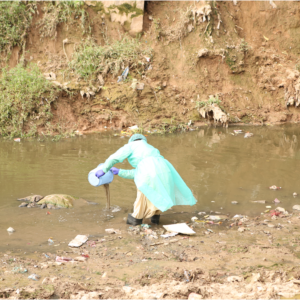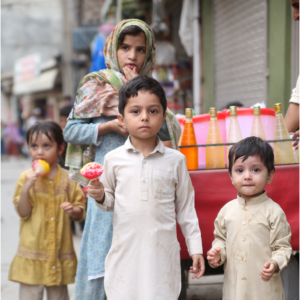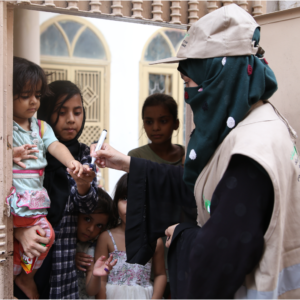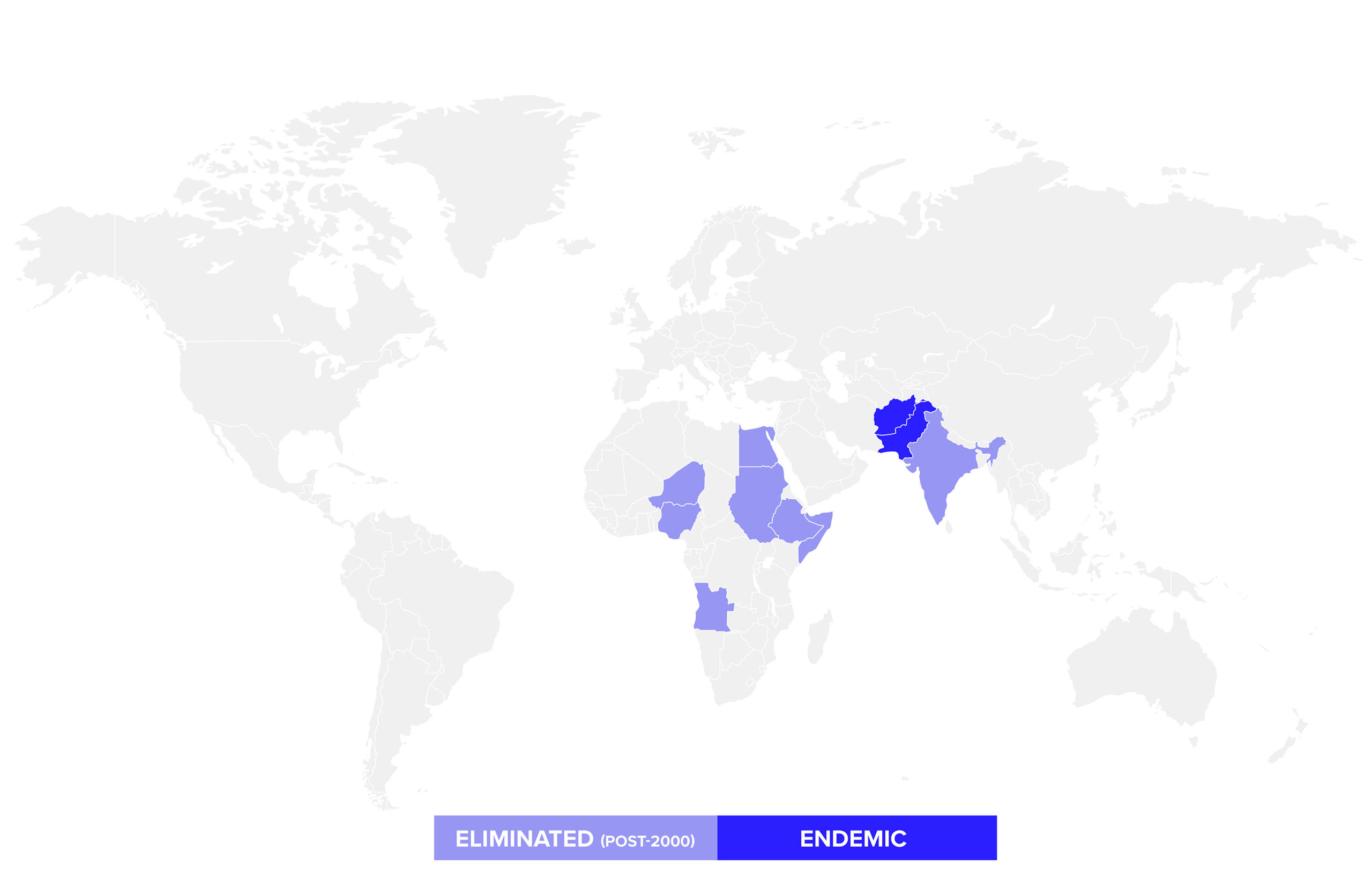Polio eradication

What Is Polio?
Polio, also known as Poliomyelitis, is a disabling and life-threatening disease caused by the poliovirus, which spreads from person to person — most often from fecal-oral contact — as it gets into the water and food supply. It can also be spread by touch or from droplets from a sneeze or cough of an infected person. The poliovirus gets into the mouth or nose and travels to the digestive and respiratory system where it then multiplies in the throat and intestines and travels to the bloodstream. The virus can also attack the nervous system causing paralysis. Polio is highly contagious and occurs more often in countries that have poor hygiene and weak systems of water and sanitation. There is no cure for polio; it can only be prevented through immunization, sanitation, and hygiene. Polio eradication worldwide can save thousands of lives each year.
Are there different types of polio?
There are three wild types of poliovirus (WPV) – type 1, type 2, and type 3.
Type 2 wild poliovirus was declared eradicated in September 2015, while type 3 wild poliovirus was declared eradicated in October 2019.
Pakistan and Afghanistan are the only two countries where polio is still endemic. Nigeria was the latest country to be considered polio free on 25 August 2020. Until poliovirus transmission is interrupted in Pakistan and Afghanistan, all countries remain at risk of importation of polio, especially vulnerable countries with weak public health and immunisation services and travel or trade links to endemic countries. A country can be declared “Wild-polio free” when it has reported no cases of wild poliovirus for three consecutive years, and it meets global standards for surveillance and routine immunisation. This certification comes from WHO.

History Of Polio
Polio has existed for thousands of years. In the early 20th century, polio was one of the most feared diseases in industrialised countries, where it paralysed hundreds of thousands of children each year. It was not until 1955, when the first polio vaccine was developed and the subsequent introduction of the oral polio vaccine in 1963 that cases started to decrease and elimination of polio in many countries was achieved.

Prevention and Treatment Of Polio
The Global Polio Eradication Initiative (GPEI) was launched in 1988 to spearhead the global effort to immunise the world’s children. Since its launch, over 2.5 billion children have been immunised.
Though the world is close to consigning polio to the history books, we cannot lose momentum. In communities where population immunity is low, there is the rare chance of circulating vaccine-derived polioviruses (cVDPV) — the longer they survive, the more they replicate and mutate, posing a threat to global polio eradication efforts. Full immunisation against polio is necessary to protect current and future generations.
Though the eradication of polio is within reach, several challenges remain. These include vaccine hesitancy and misinformation and lack of education about vaccine safety. Politics and misaligned political agendas also play a role, which often leads to the safety and security of health care workers in endemic countries – especially those on immunisation teams.
Moving towards Polio eradication
Without eradication of polio, the virus can spread across borders, and the number of paralysed children will rise again and be crippled by a disease we have the means to stop. There is no cure for polio; it can only be prevented. The polio vaccine, given multiple times, can protect a child for life. If we fail with polio eradication, the world could begin to see up to 200,000 new cases annually within the next ten years.

Where Polio is found
